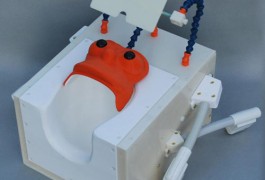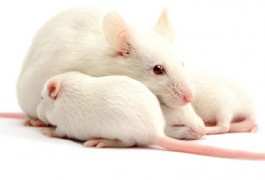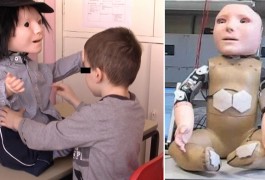Incidental findings
A survey asks clinical geneticists what type of incidental findings should be returned to people who have their genomes sequenced.
From funding decisions to scientific fraud, a wide range of societal factors shape autism research.

A survey asks clinical geneticists what type of incidental findings should be returned to people who have their genomes sequenced.

Prenatal genetic tests that can detect copy number variations, including those linked to autism, could raise tough questions for doctors and parents.

A new clinical trial, conducted entirely online, could provide a model for how to quickly and efficiently test some potential treatments for autism.

The odds of having a child with autism begin to rise at age 35 for both men and women, but that risk does not increase further when both parents are over 35, according to a large study published in the March issue of Annals of Epidemiology.

Researchers have developed functional magnetic imaging devices that are optimized to fit children’s heads, according to a study published in the December issue of Magnetic Resonance in Medicine. These tools increase the quality of the data and deter head motion, which research suggests can lead to spurious results.

The genetic risk factors for autism may also increase a person’s risk of developing ankylosing spondylitis, a form of arthritis of the spine, and decrease the risk of multiple sclerosis, according to a study published 13 December in Translational Psychiatry.

The French documentary Le Mur (The Wall) shows that many psychoanalysts in France shun biological explanations for autism.

A commonly used flame retardant may lead to deficits in sociability, learning and memory in healthy female mice and those that model Rett syndrome, according to a study published 15 February in Human Molecular Genetics. The effects are different in Rett syndrome models compared with healthy mice, suggesting gene-environment interactions.
Brain imaging studies of people with autism show that specific areas respond more strongly to song than do those of controls. The opposite is true when listening to speech.

Engineers have debuted several new robots to help children with autism, including a boy that can sense when it’s touched, a female head that expresses a wide range of emotions and a low-cost fuzzy penguin that can track a child’s eye movements.